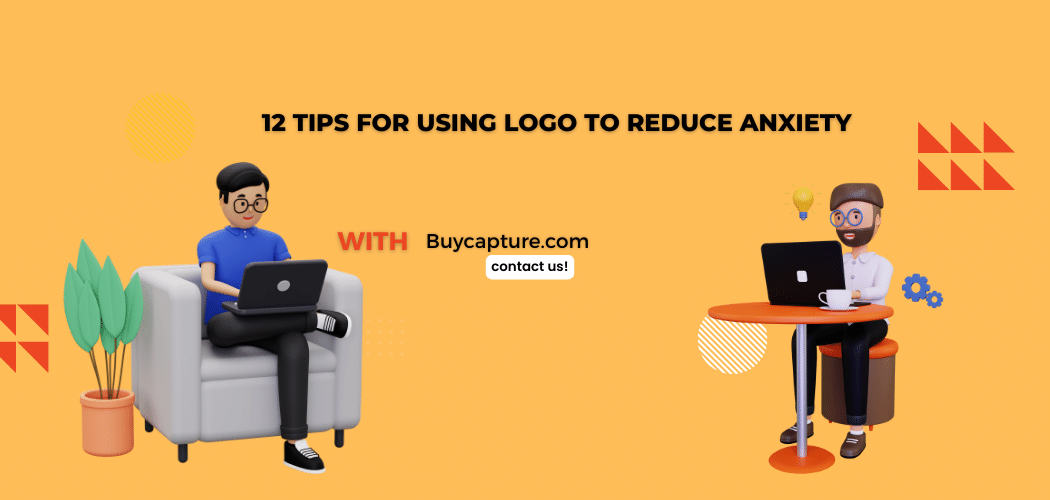
- Use a simple and clean design for your logo. Avoid using too many colors or complex patterns, as these can be overwhelming and cause anxiety.
- Choose a font that is easy to read and not too ornate. A simple, sans-serif font can be more calming and less stressful to the eye.
- Use calming colors in your logo. Soft, pastel colors can be soothing, while bright, neon colors can be jarring and cause anxiety.
- Avoid using harsh lines and sharp angles in your logo design. Curved lines and organic shapes can be more calming and relaxing.
- Consider incorporating nature-inspired elements into your logo, such as plants, animals, or natural scenery. These can help to create a sense of peace and tranquility.
- Use positive and uplifting language in your logo and branding materials. Avoid using negative or fearful language, as this can increase anxiety.
- Avoid using loud or aggressive music in your logo and branding materials. Instead, opt for soothing and calming music to help reduce anxiety.
- Make sure your logo is easy to understand and interpret. Avoid using abstract or cryptic designs, as these can be confusing and cause anxiety.
- Consider incorporating breathing exercises or mindfulness techniques into your branding materials, such as through guided meditations or mindfulness apps.
- Create a sense of community and connection through your logo and branding. This can help to reduce feelings of isolation and loneliness, which can contribute to anxiety.
- Be transparent and open in your branding and communication. Avoid being secretive or vague, as this can cause anxiety and mistrust.
- Finally, consider working with a therapist or mental health professional to develop a logo and branding strategy that is specifically designed to reduce anxiety.


Leave Your Comment